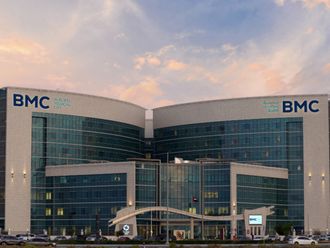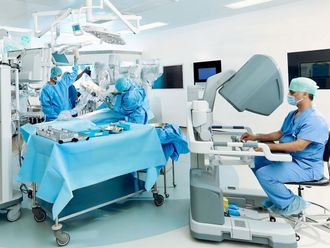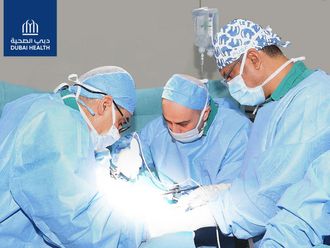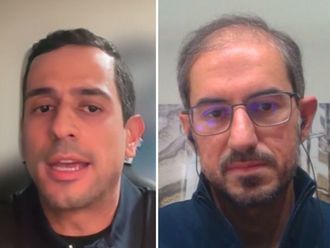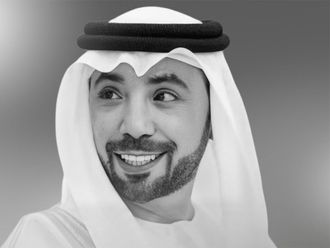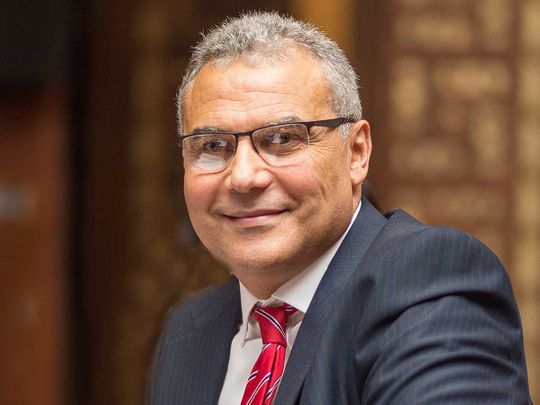
Dubai: A ‘train the trainers’ initiative launched by the Diabetes and Ramadan (DAR) alliance is enabling many people with Type II diabetes to successfully fast during Ramadan with the help of trained doctors, it has been revealed.
DAR with the assistance of global biopharmaceutical firm Sanofi and in alignment with the guidelines of the International Diabetes Federation (IDF) launched the initiative with 40 doctors in 10 countries including all six GCC states plus Morocco, Egypt, Pakistan and Bangladesh. The doctors were trained to educate diabetics on the correct and safest ways of observing the fast and the results of the study carried out this year will be presented next year.
The programme was initiated in response to gaps identified by a group of diabetes experts from concerned countries last year.
One of the most important gaps identified was the need to further educate patients and ensure all Health Care Professionals (HCPs) are well trained, by updating and advancing the required educational tools to aid better diabetes management when fasting.
Dr Mohammad Hassanein, chairman of DAR and a consultant endocrinologist at Dubai Hospital told Gulf News: “It is possible for all diabetics, especially those with Type II diabetes to observe fast during Ramadan. We want to ensure they do it the right way while following the guidelines and under the watchful eye of a trained physician.
“Our trained 40 doctors will spread across the region and educate the patients on the right way to fast and each of these doctors will train at least 10 other doctors in their country. If you were to multiply this with the number of diabetic patients each doctor will be able to educate, then you would begin to understand and appreciate the volume and reach of this initiative.
“We have trained these physicians to follow a patient-centric approach and draw up individualised plans based on not just the sugar reading but all other complications that the individual may have related to their eyes, kidneys, heart and other organs.”
According to a 2010 study conducted by DAR it was found that nearly 94.2 per cent Type II diabetics can manage to fast for 15 days and 63.6 per cent for the entire 30 days provided they follow the guidelines.
Which categories of diabetics can fast?
According to Dr Hassanein, DAR has divided Individuals suffering from Type II diabetes who can fast under physicians guidance based on their health risk. They have created red (high risk) amber (medium risk) and green (low risk) categories.
High risk
- With high HbA1c levels of nine and above
- Who require insulin injections
- Who have diabetic ketoacidosis (breakdown of fat for energy as cells are starved of sugar due to impaired sugar metabolism and sugar remains in blood). Ketones are excreted through the urine
- With a history of fluctuating high or low blood sugar episodes (hyperglycaemia or hypoglycaemia)
- Who may have a host of other diabetes-related complications such as neuropathy, retinopathy, cardiovascular disease or chronic kidney disease and require constant monitoring
- This category of people can fast only under strict medical supervision and if something goes wrong, the patient needs to break the fast immediately or seek medical help.
Medium risk are those:
- Who may be insulin or pill dependant
- Who are obese and do not exercise at all
- Who have bouts of hyperglycaemia (high blood sugar) or hypoglycaemia (low blood sugar)
- Who have HbA1c levels of 7-8
- Usually, people in this category are able to observe the fast with a proper review of their health before the holy month
Low risk who are usually allowed to fast are:
- Patients on low dosage of diabetic pills and can withstand altering of pill and meal times
- Who exercise regularly and are not obese
- Who are able to maintain their weight with balanced nutrition and cardio exercises
- Who have an HbA1c level of 6.5 or less
- These patients are able to improve their health with the correct guidelines and abstinence during Ramadan
What is HBAIC?
HbA1c or glycated haemoglobin is an indicator of an individual’s blood sugar levels for three months. The haemoglobin protein in our red blood cells combines with a molecule of glucose and turns into glycated haemoglobin. In non-diabetics, HbA1c is between 5.2 to 5.5, it is about 5.5 to 6 in pre-diabetics and in cases of people with diabetes, the HbA1c reading can be anything beginning from 6 up to 14. The higher the HbA1c the more severe is the diabetic condition of the patient.
Tips for fasting
Dr Hassanein advised the following broad guidelines for diabetics observing fast
- Be under the guidance of a physician and get all parameters tested before deciding to fast
- When beginning the fast, have suhour as late as possible towards early predawn time by 4am or so
- Include a lot of proteins, dairy, fish, fresh vegetables, beans, fruits and low glycaemic index carbohydrates at suhour
- Take a smaller dose of medicine under the physician’s guidance as the rest of day is going to be spent fasting. Reserve the larger dose for after iftar
- Monitor blood glucose very closely during the day especially during the late afternoon to sunset time. If the blood sugar is low, it is advised the diabetic must end the fast immediately
- Ramadan is a time of fasting and not feasting so avoid oily, sugary and fat rich foods compeletly. Avoid excessive salt and caffeine and choose healthy food groups for both suhour and iftar
- During iftar choose complex carbohydrates that are whole and unprocessed, reduce total sugar, include legumes, pulses and exercise portion control for desserts. In a rough proportion, take half portion of what a non-diabetic is having
- Hydrate yourself well with water and non-carbonated, non-sugary drinks
- Have a major portion of diabetic medication after ending the fast, post dinner and after midnight snack, or as directed by the physician


